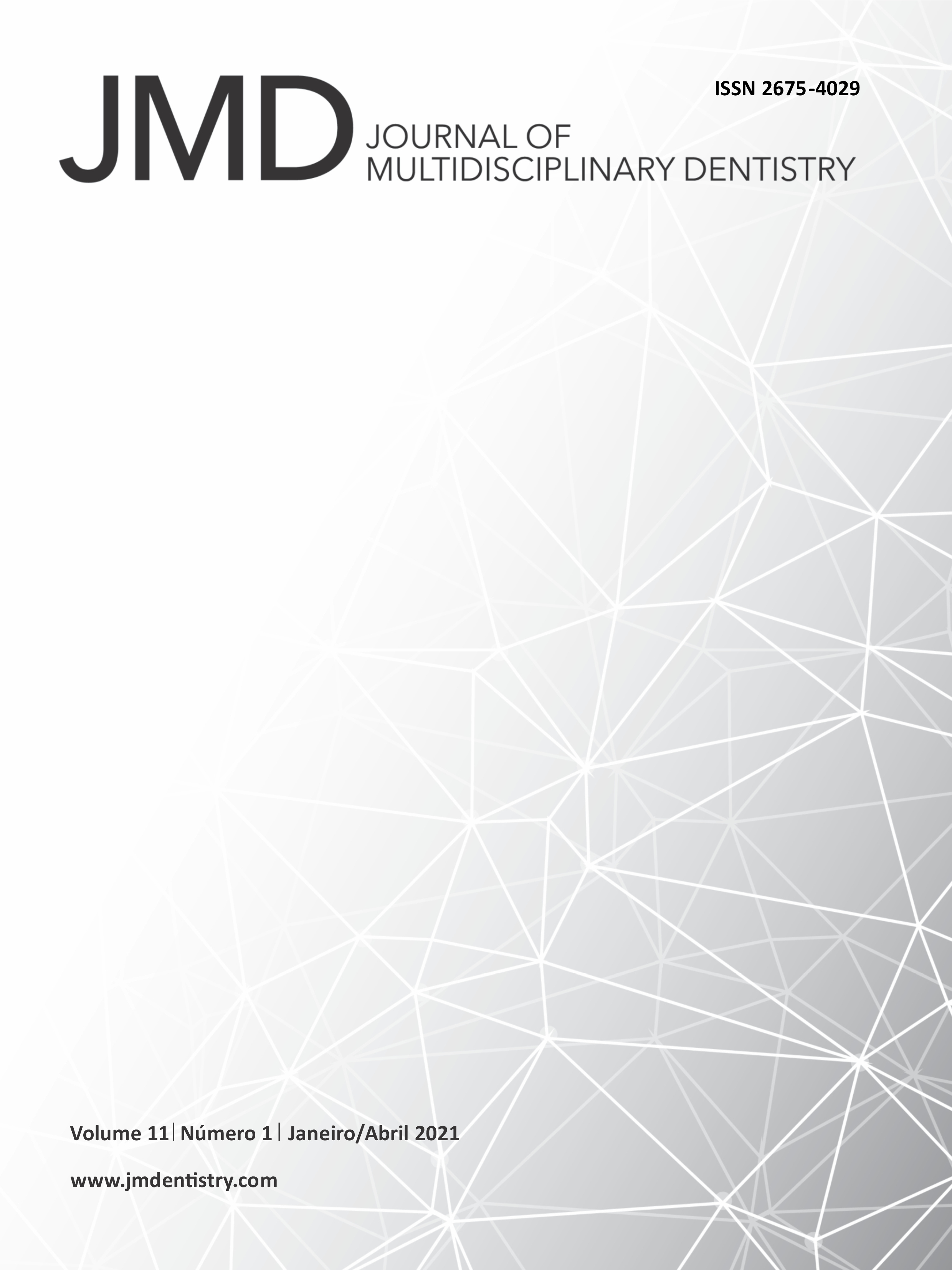Class treatment II through distalization in block by mechanical sectional of Ricketts bioprogressive therapy: a case report
DOI:
https://doi.org/10.46875/jmd.v11i1.658Keywords:
Orthodontics, corrective, Malocclusion, Angle Class II, MalocclusionAbstract
It was from the 1960s that tooth extraction began to concern orthodontist researchers in the correction of Class II malocclusion. Due to the difficulty in developing the objectives set by orthodontists, new research in the orthodontic field appears that would avoid such an imbalance in treatments and devices that promote the desired distalization movement emerged, correcting Angle Class II without extraction, returning the patient to dental alignment and the balance of a Class I occlusion. Countless devices are indicated in the literature for the correction of Class II malocclusion. Among them, the Ricketts “Z” utility section stands out for promoting the block distalization of the lateral sectors, without the need for a second operational act to correctly position the premolars and canines, besides dispensing with laboratory phases and being easy to prepare and accepted by the patient. This study aimed, through a clinical case, to report the technique of mass distalization of the upper lateral sectors, using the z-arc proposed by bioprogressive therapy, for the correction of Class II malocclusion.


